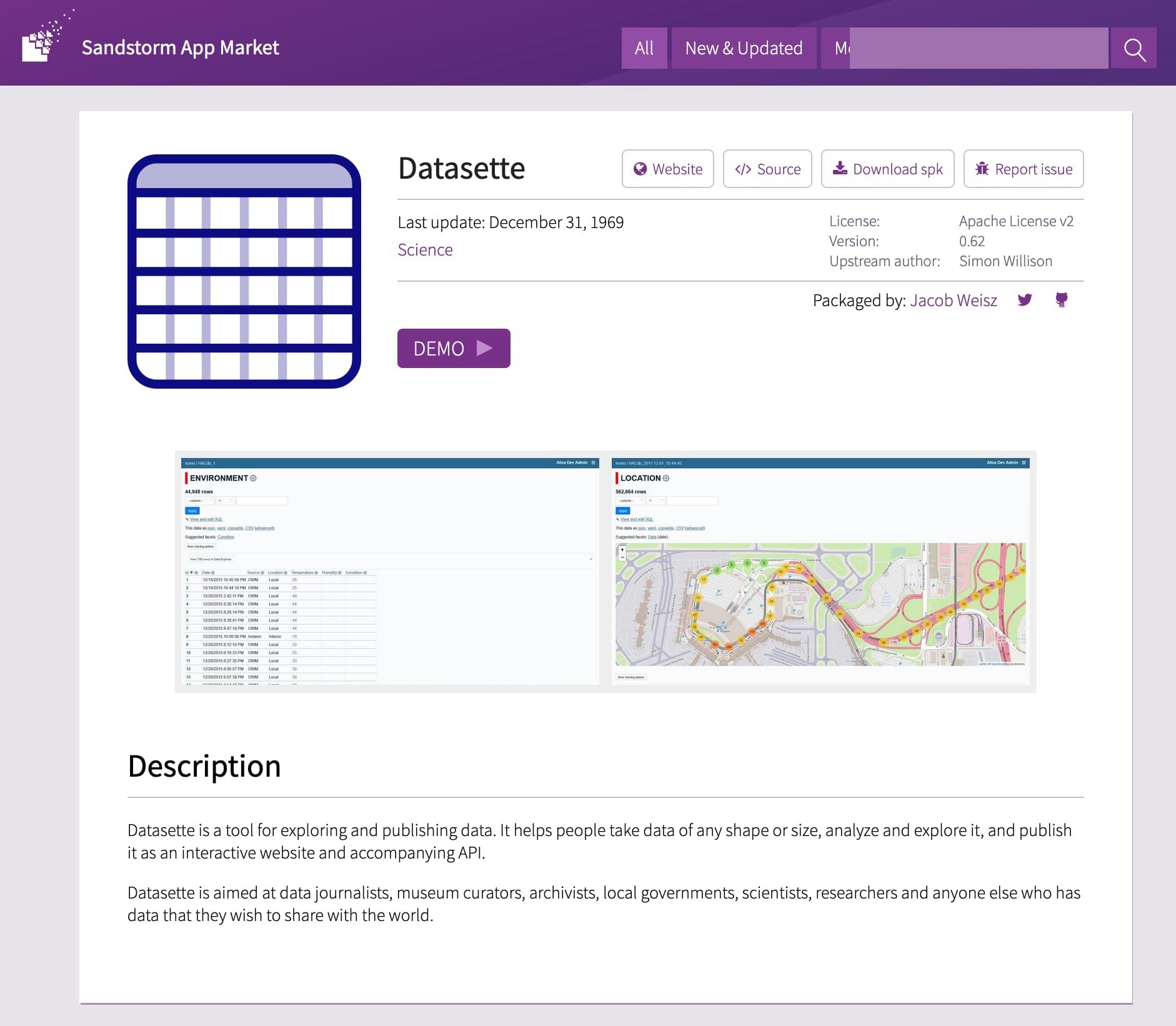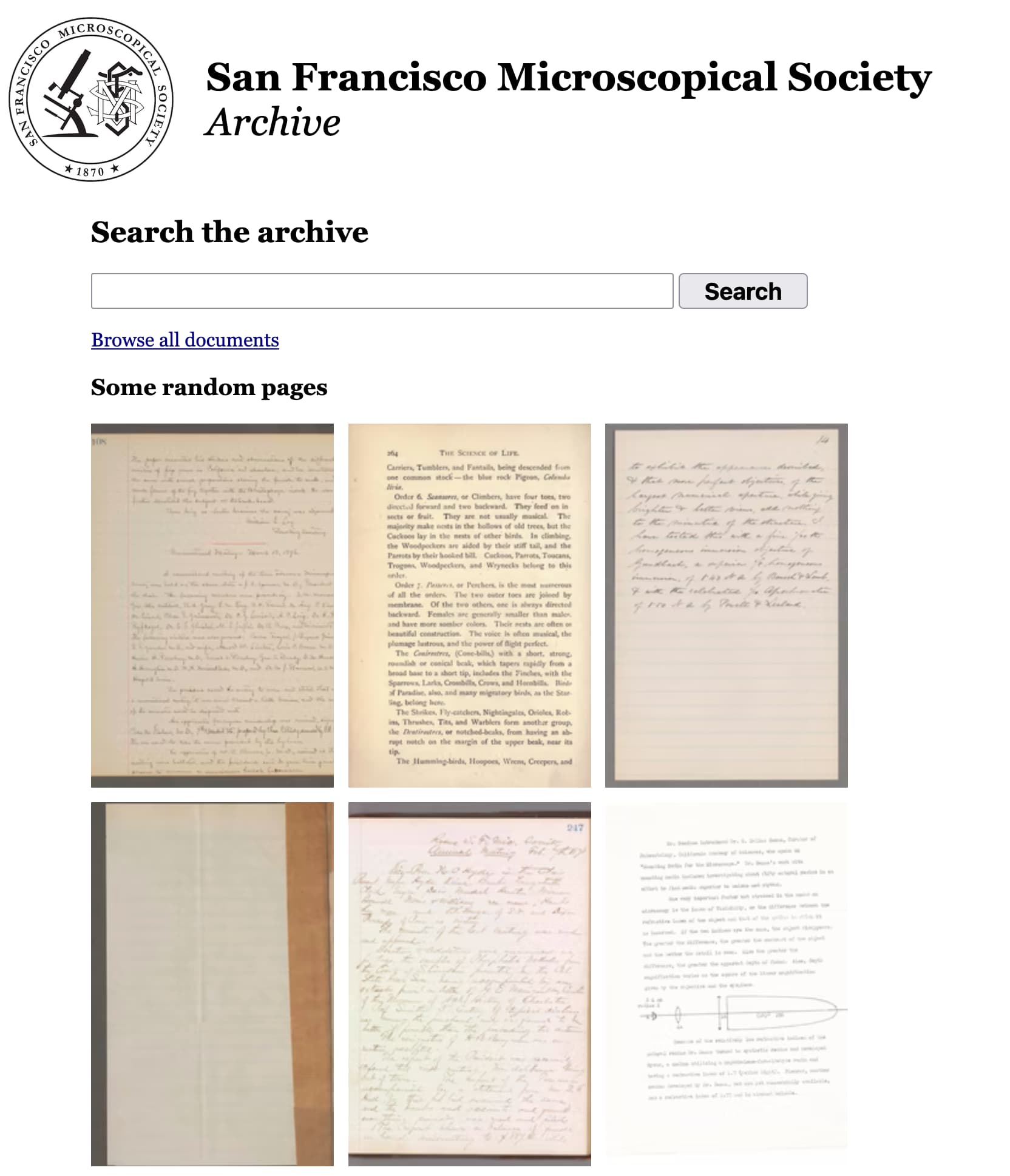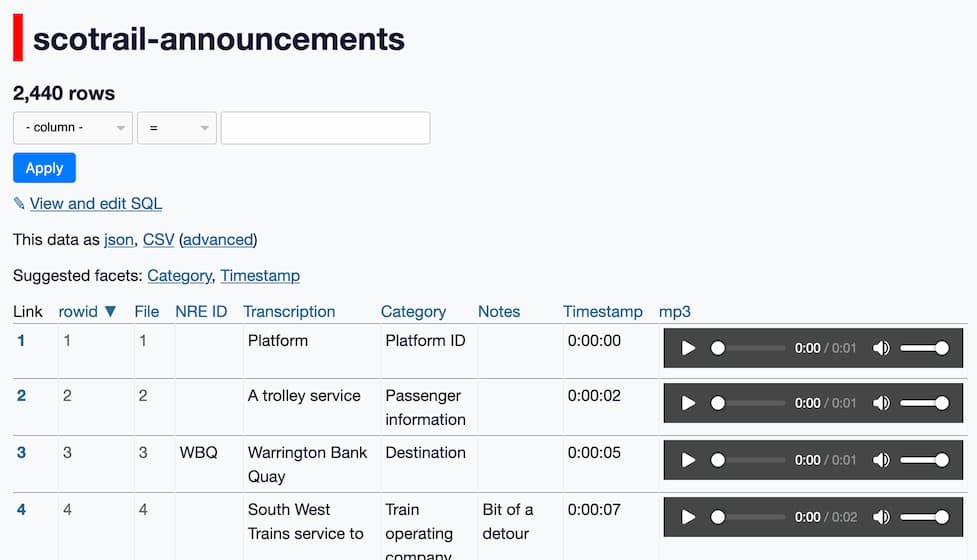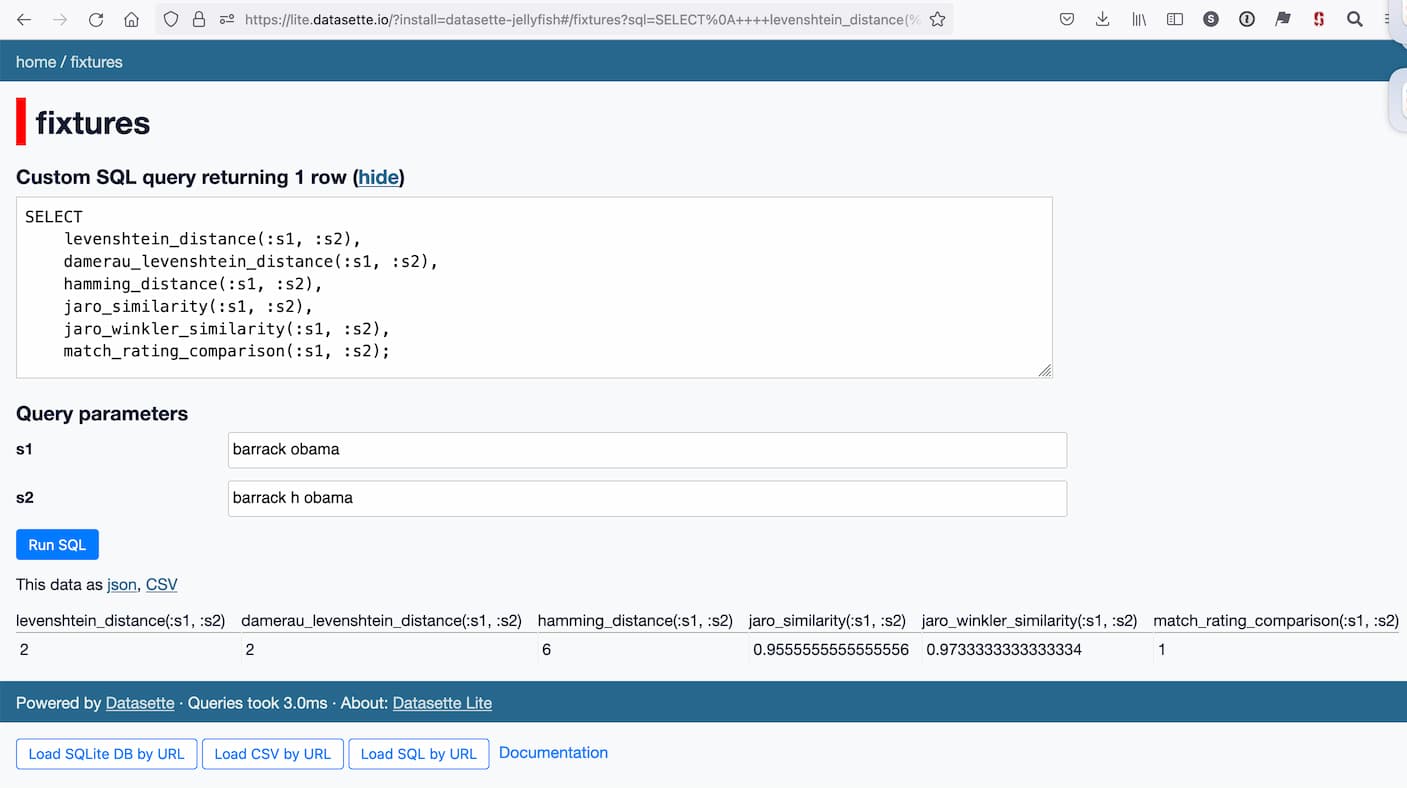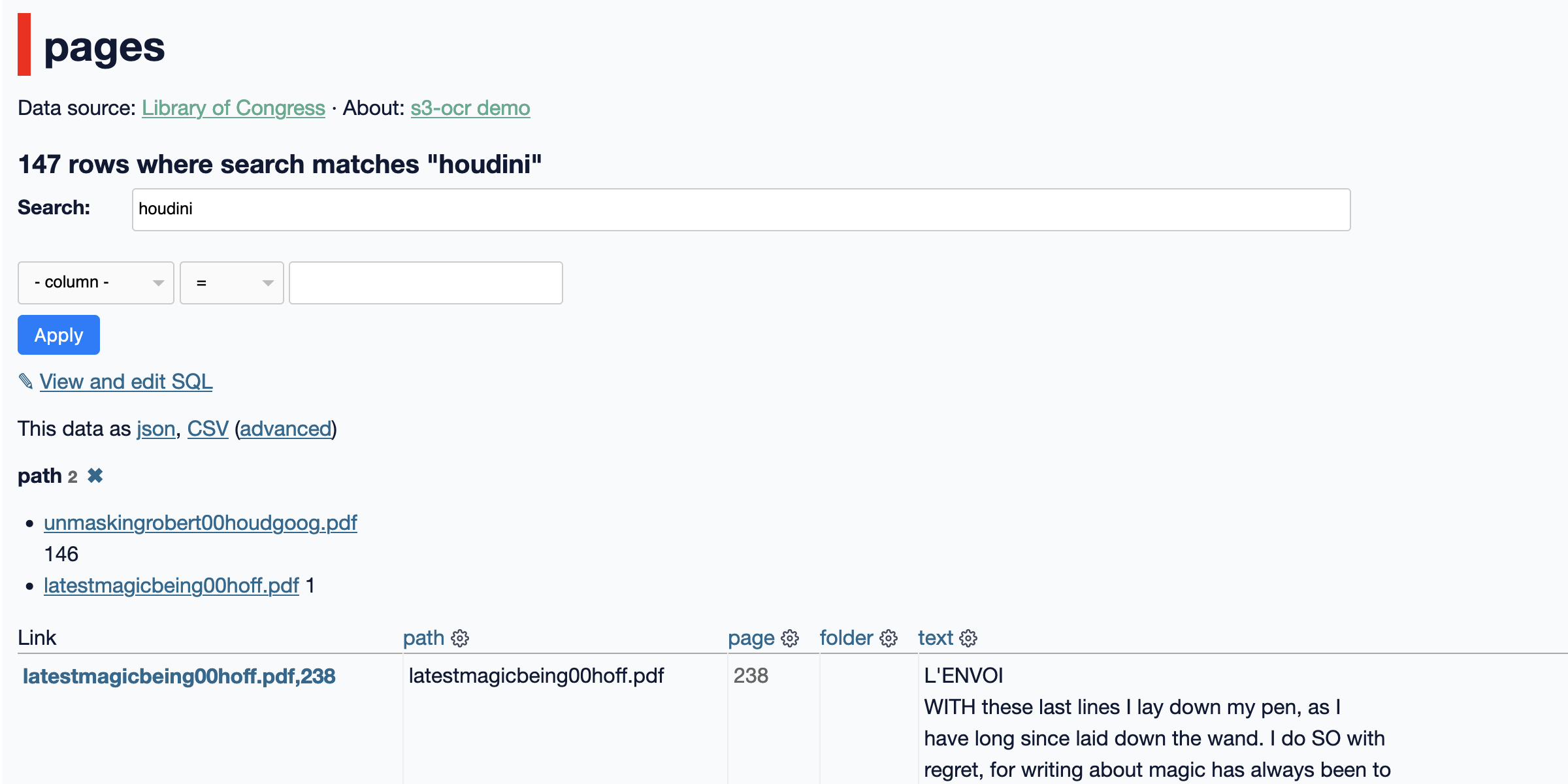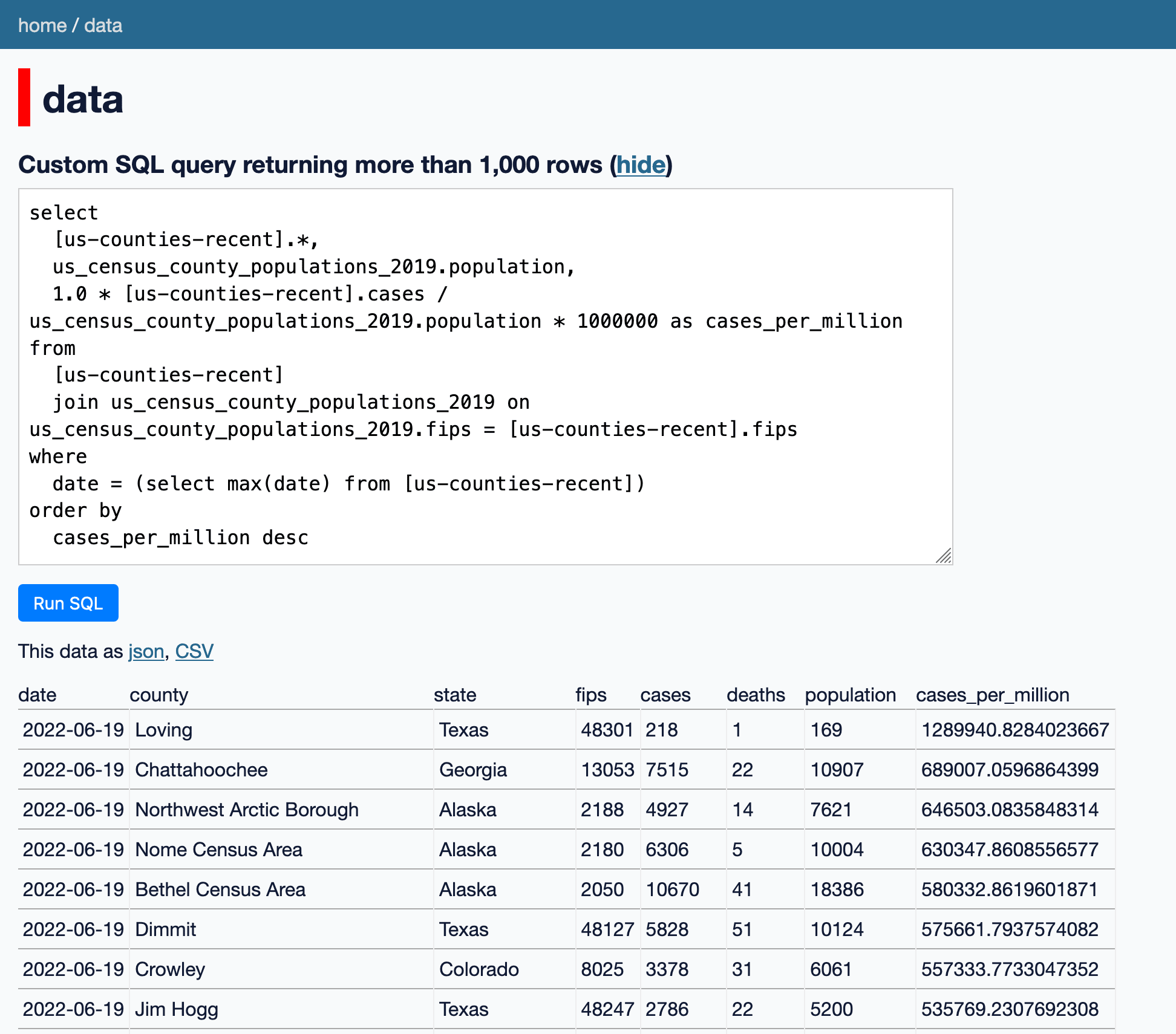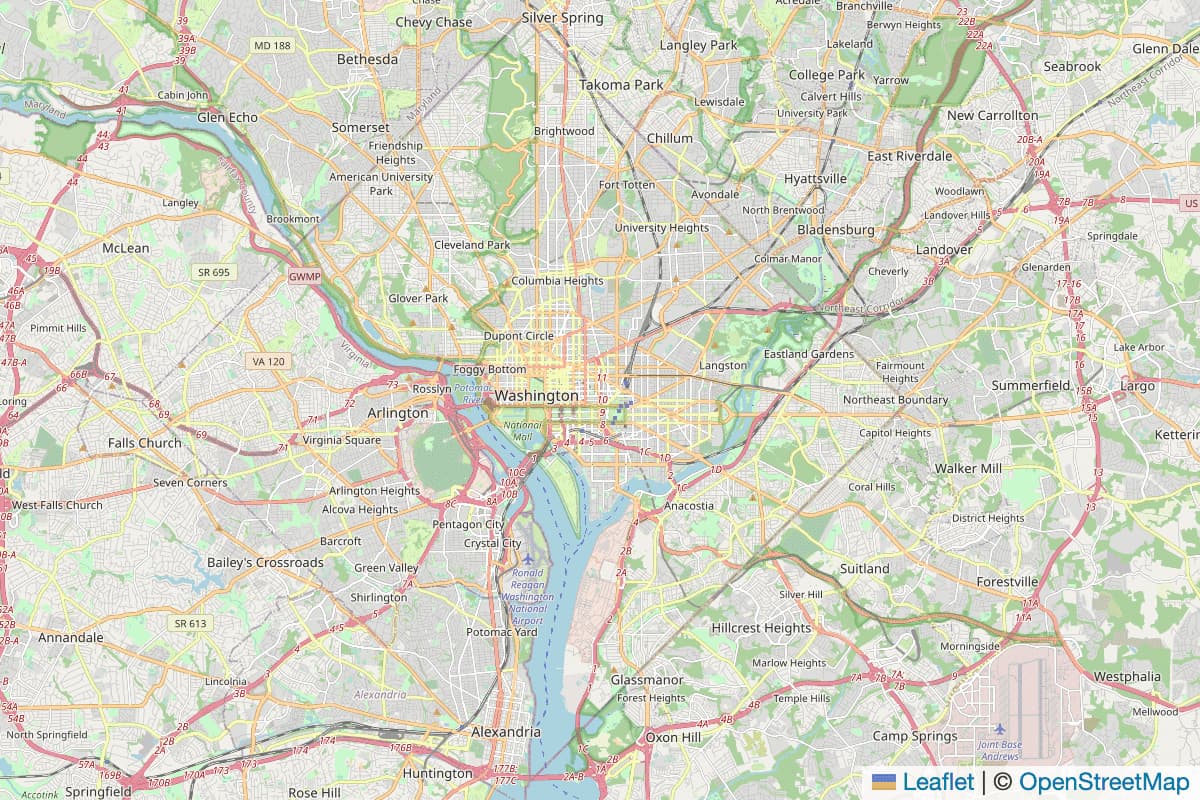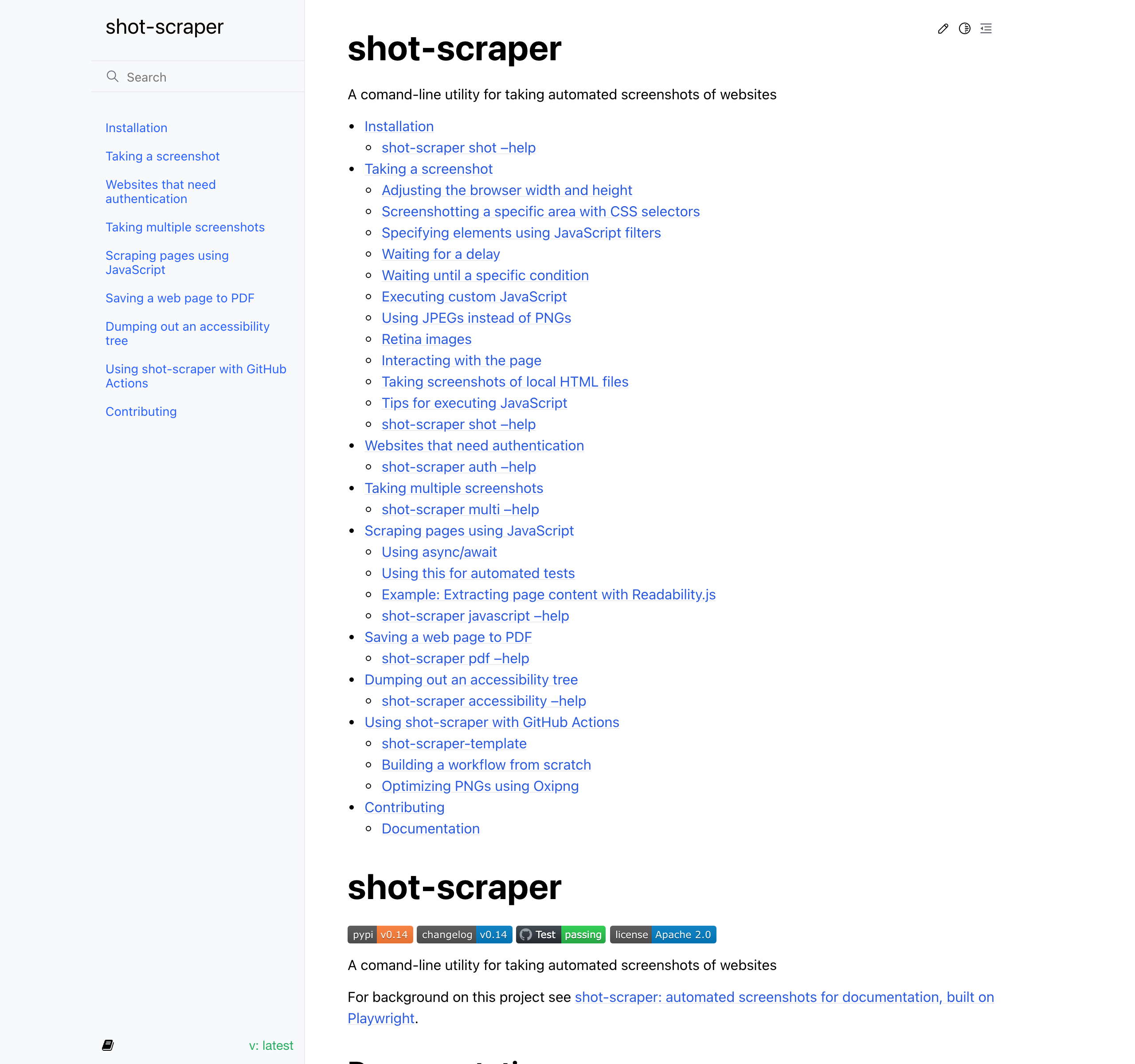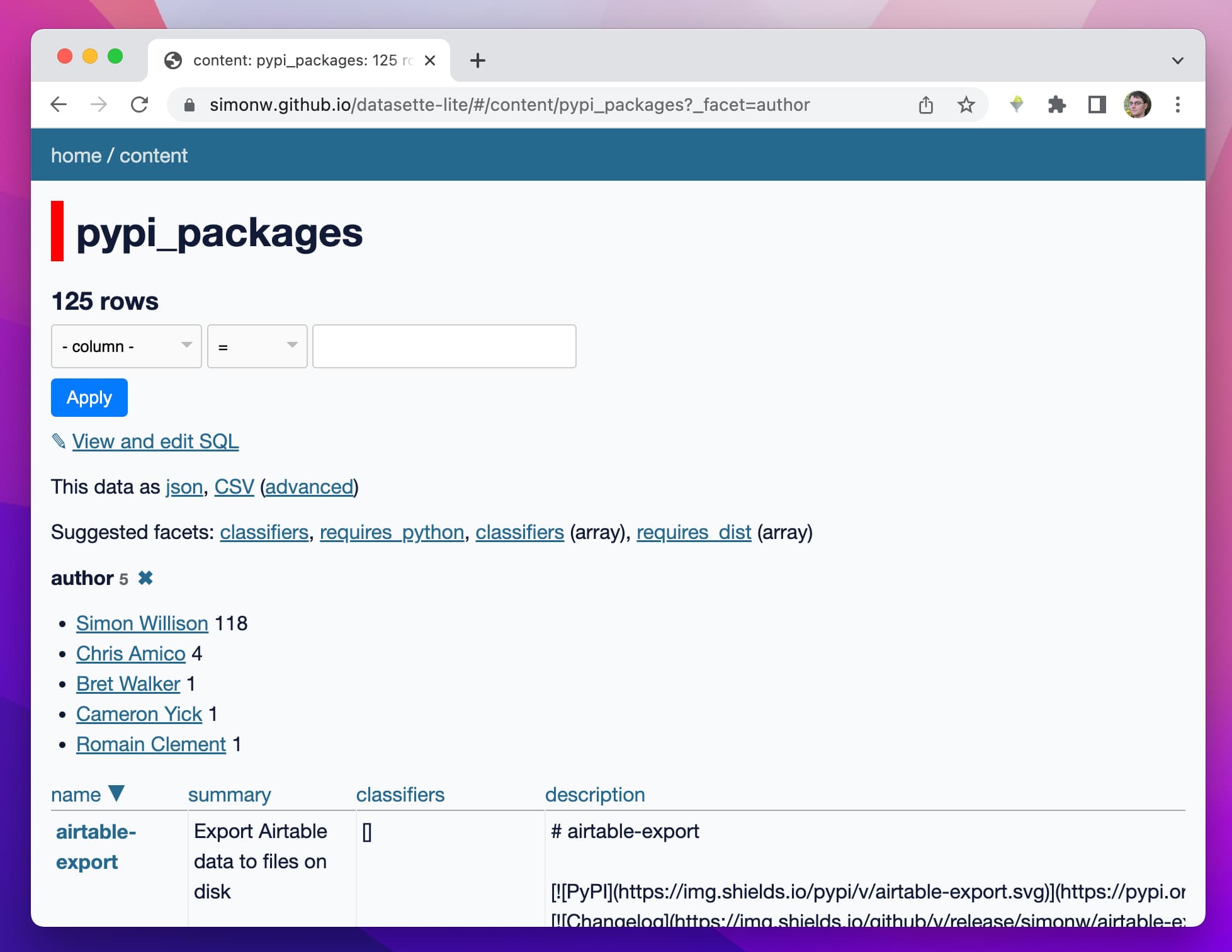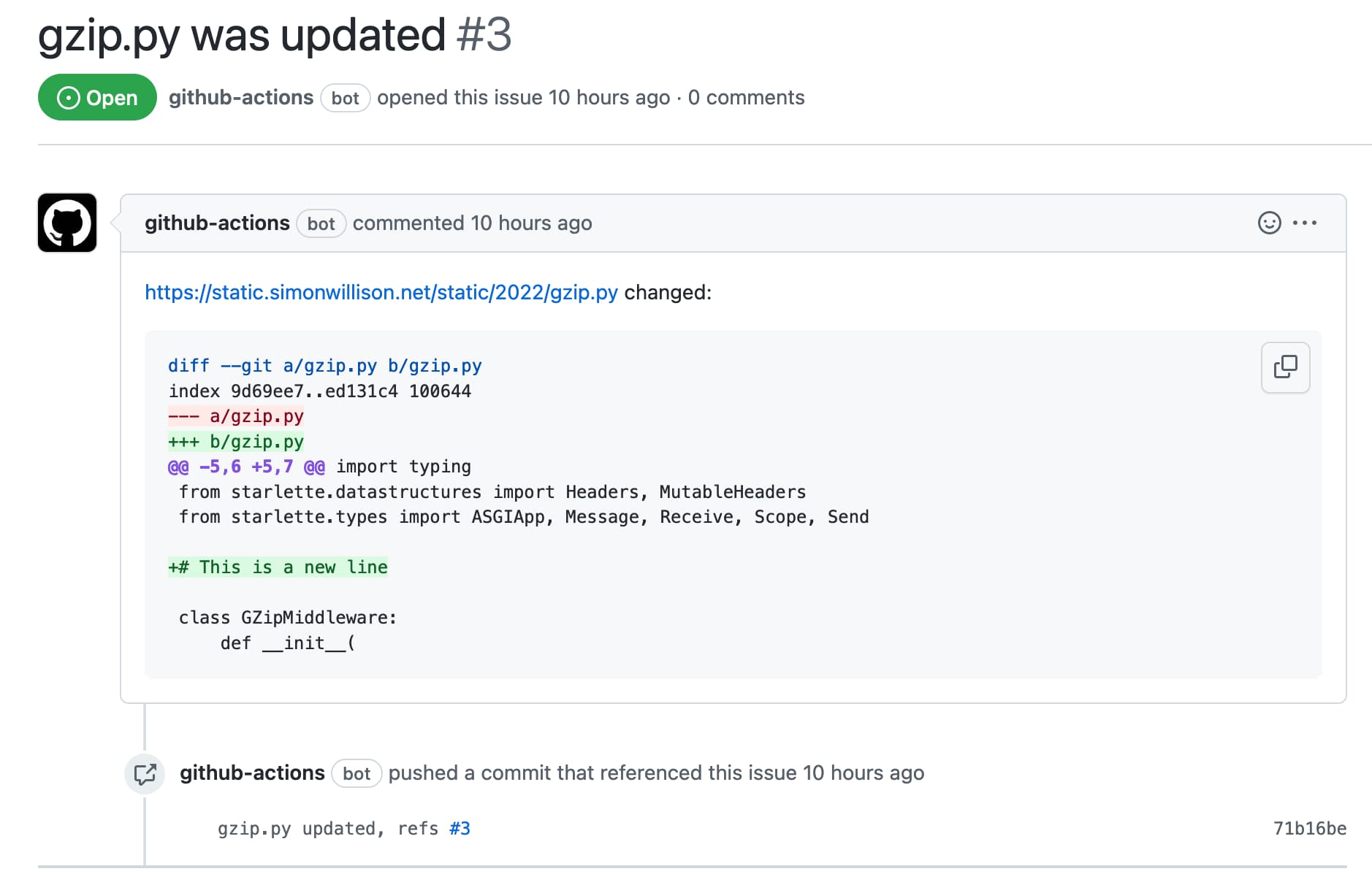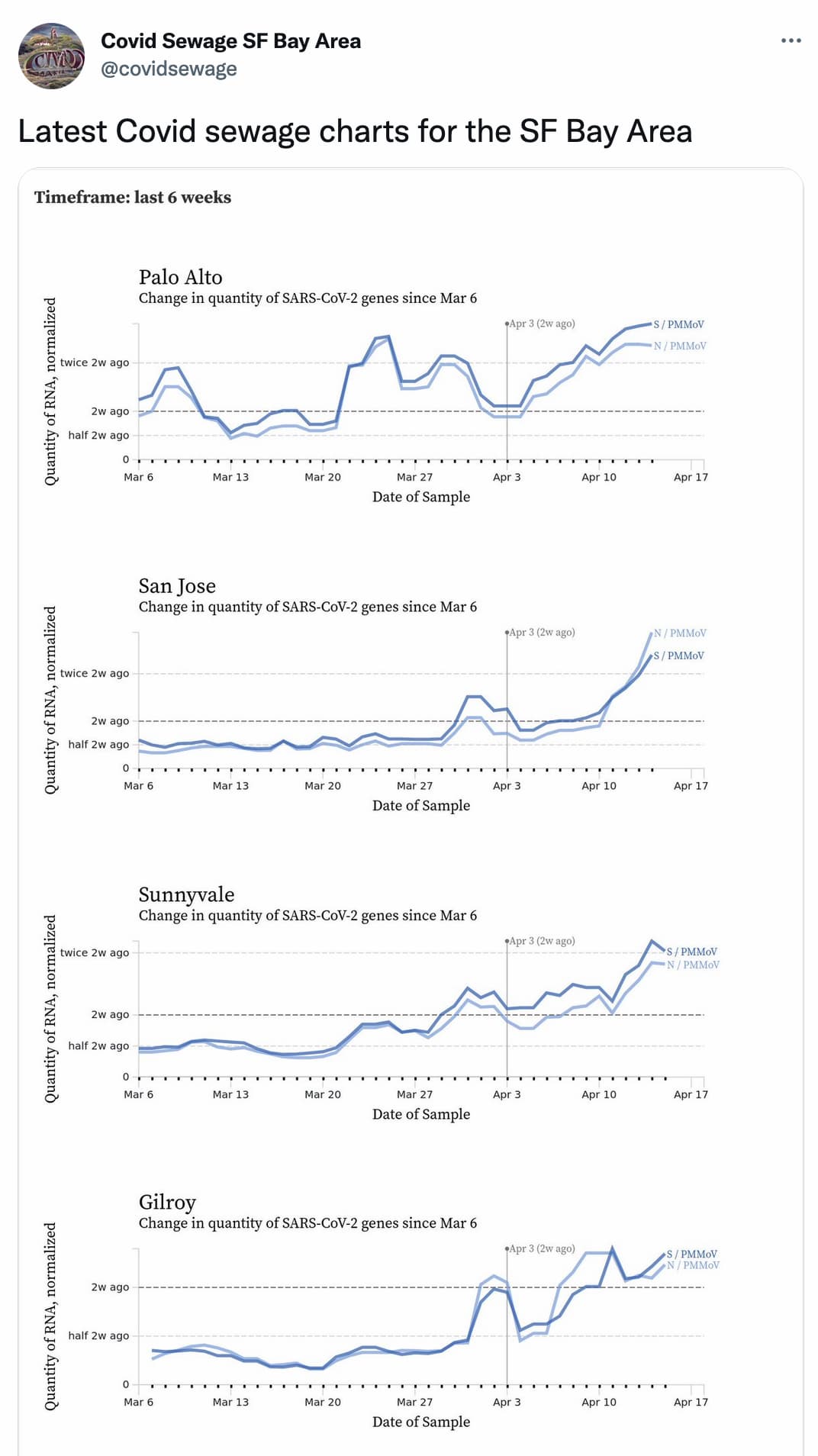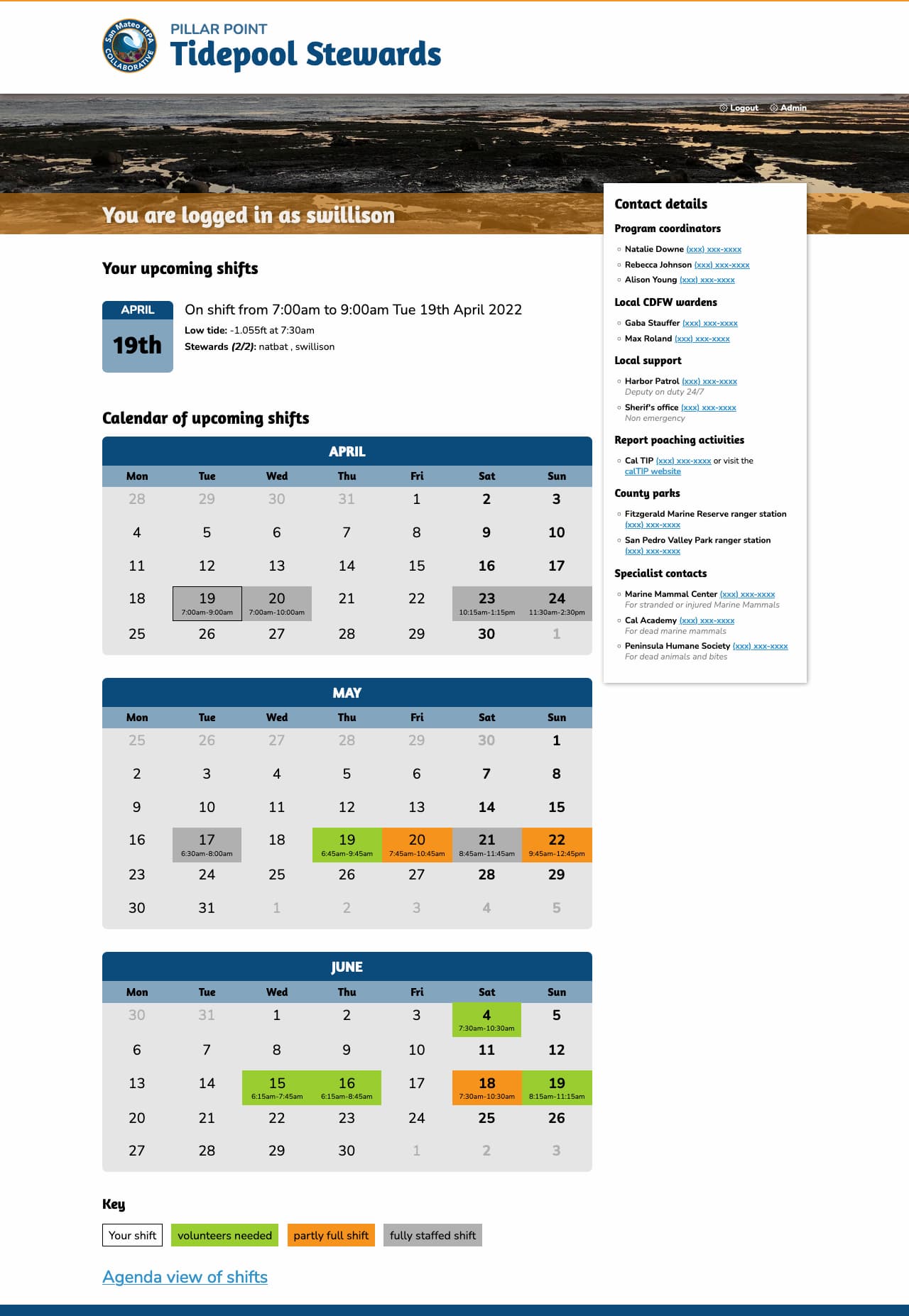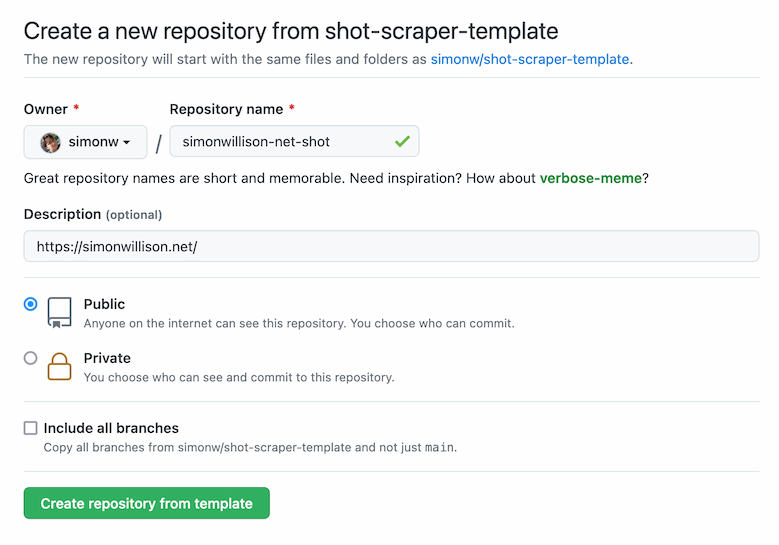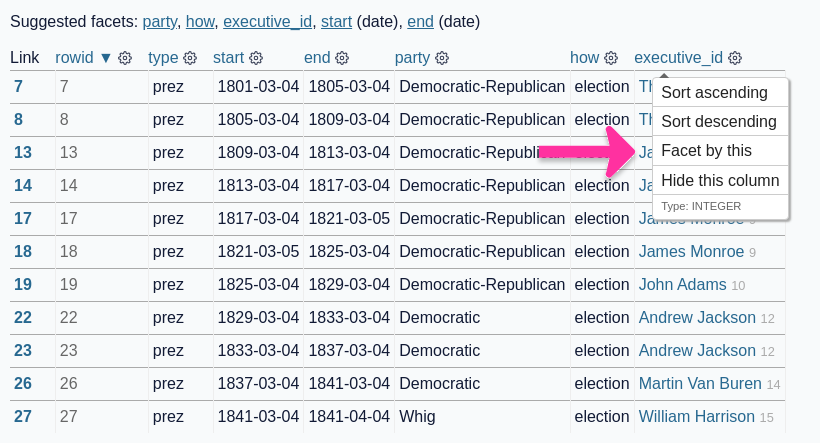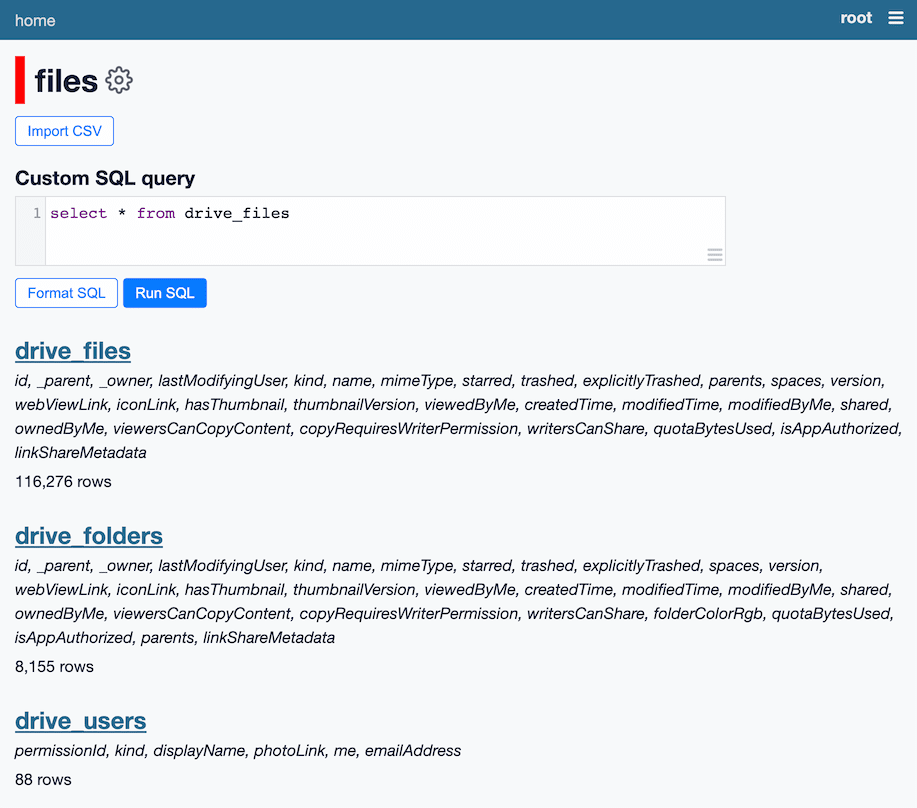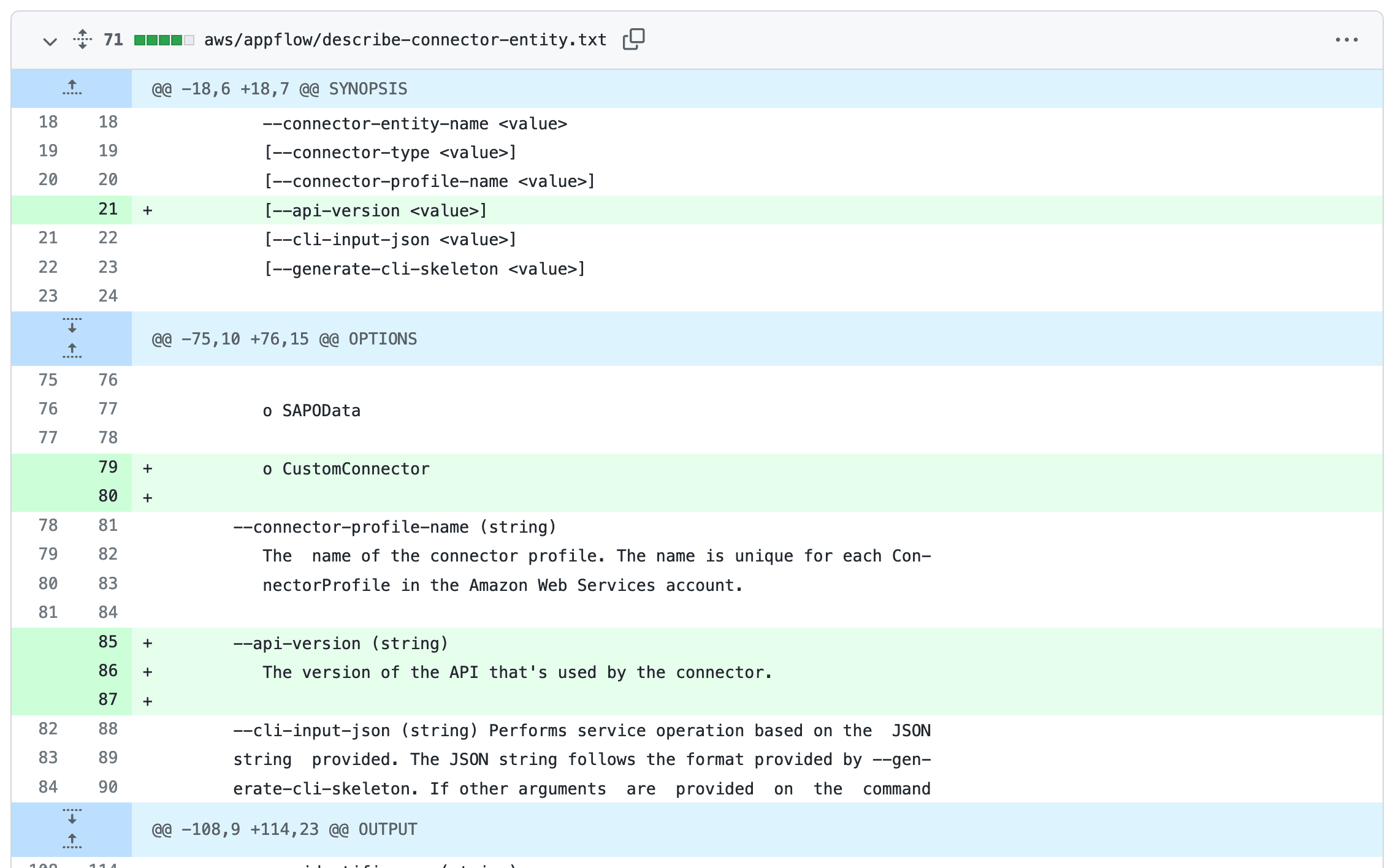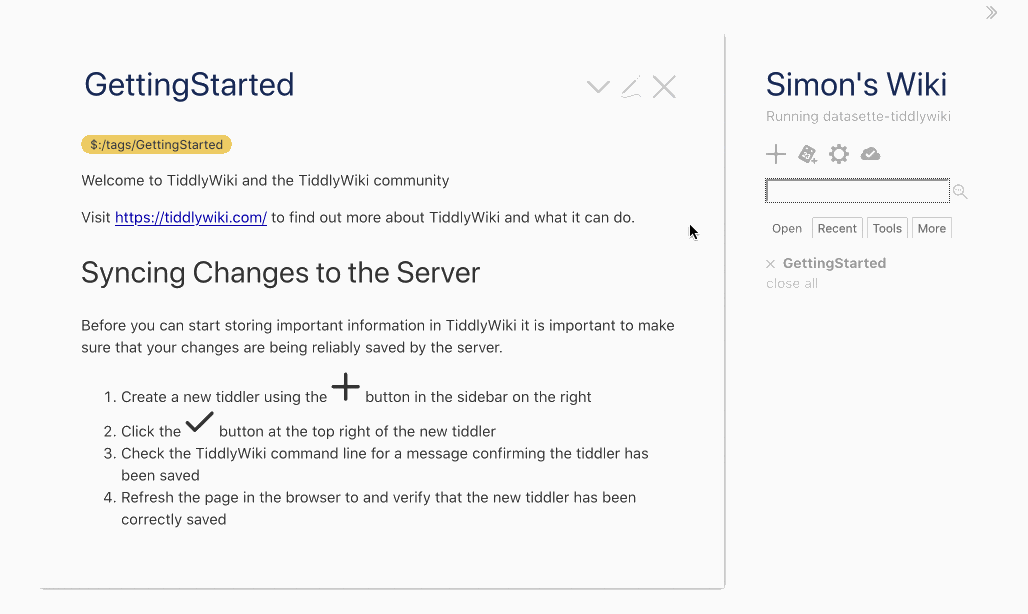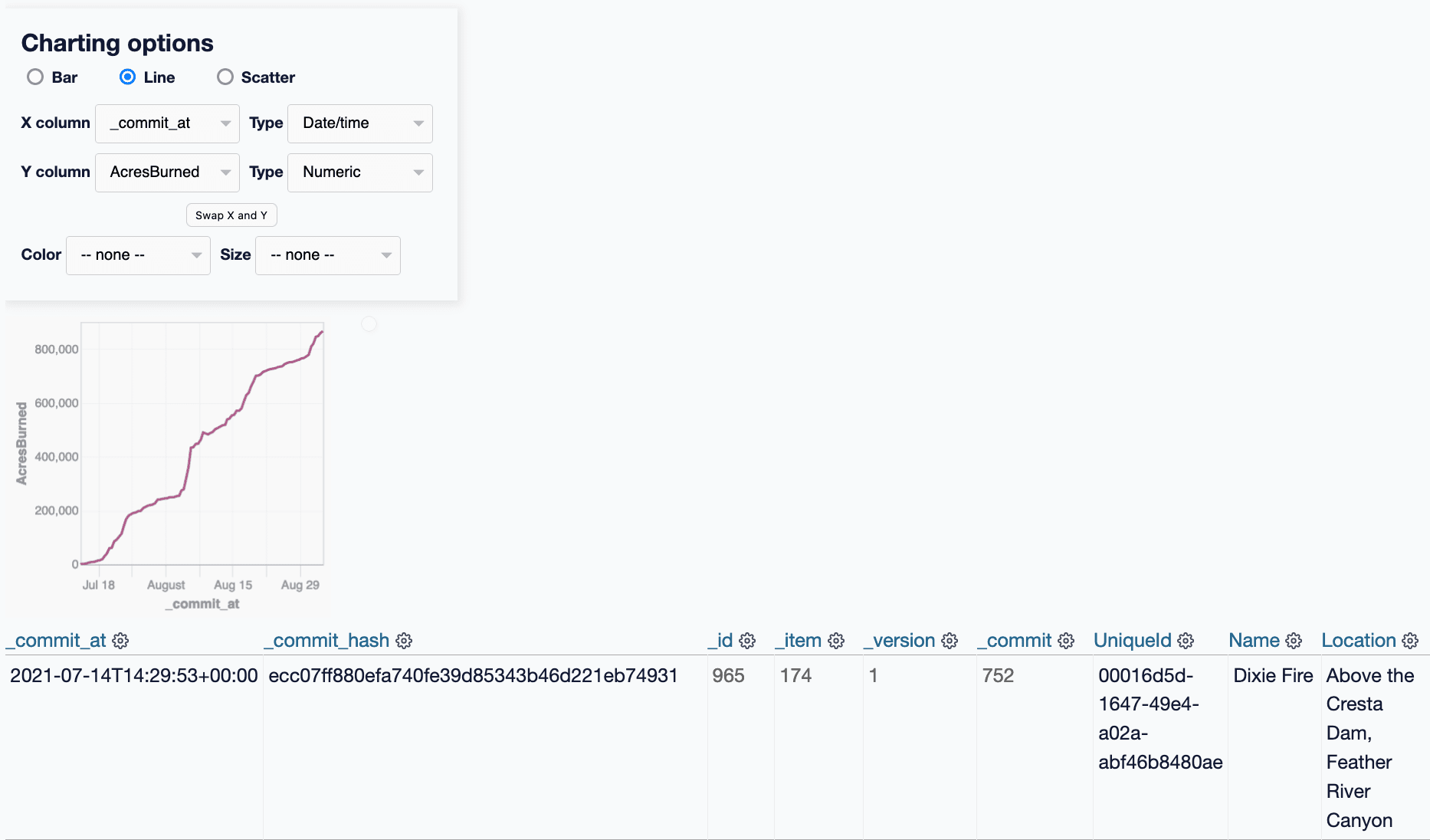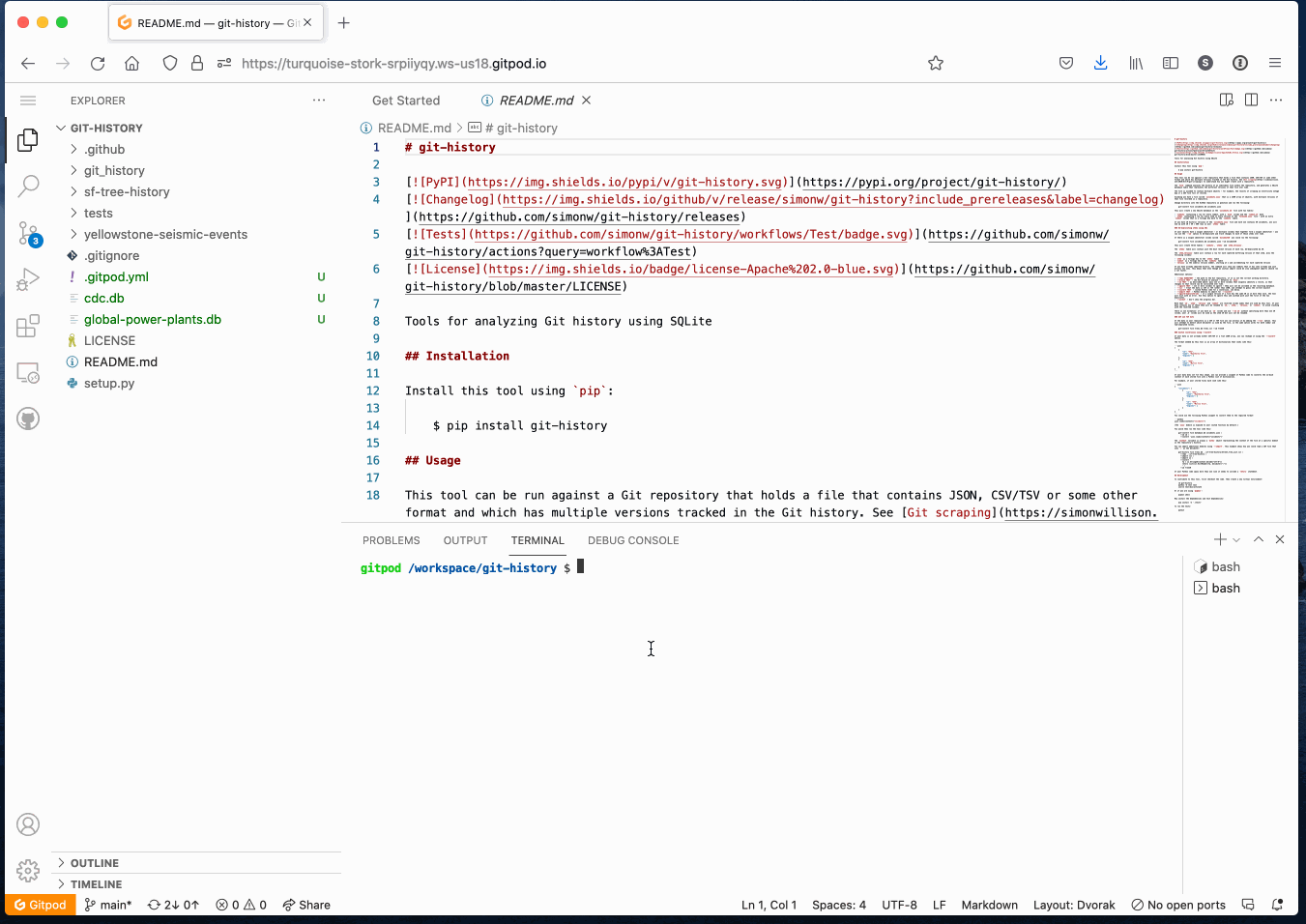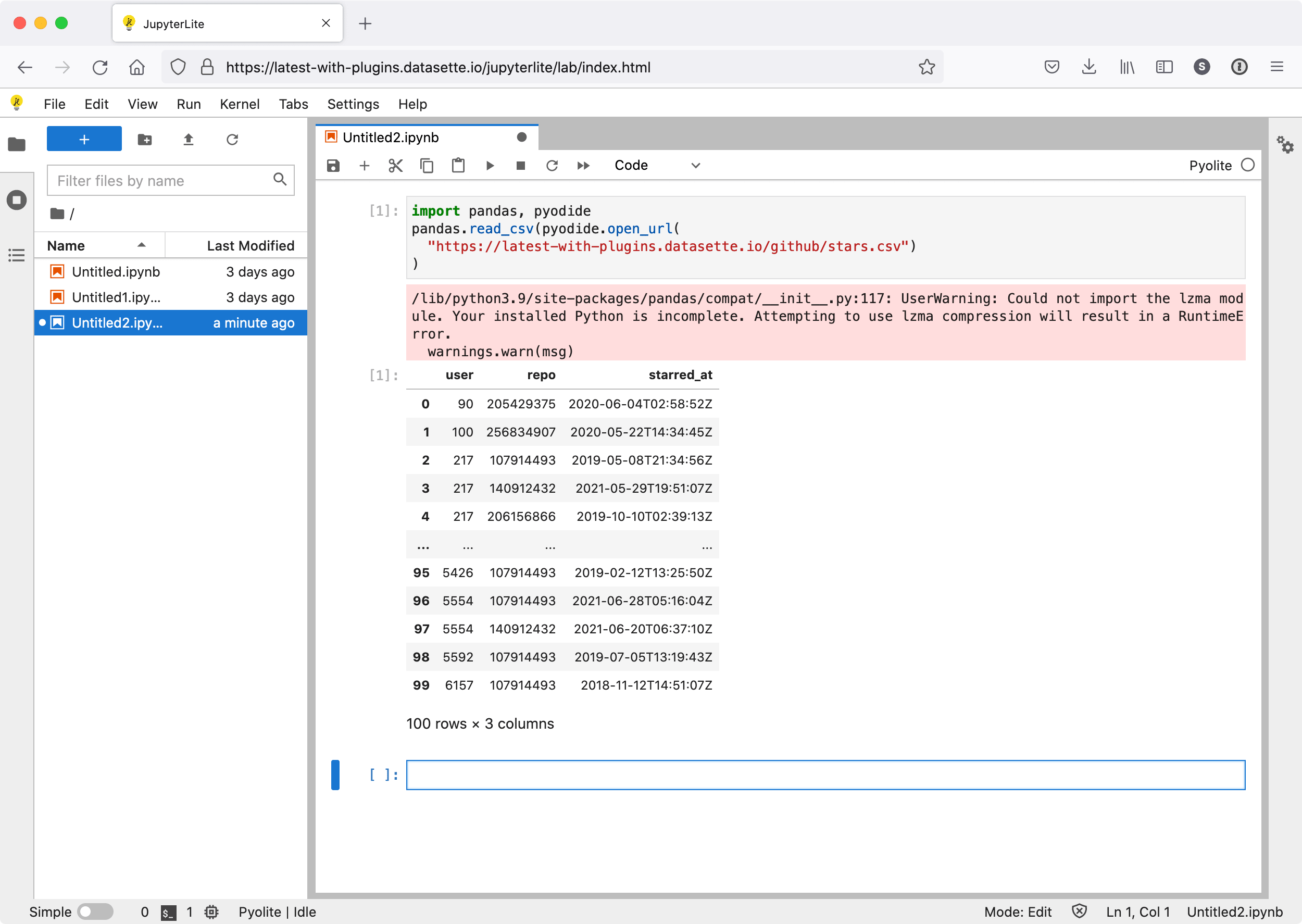508 posts tagged “projects”
Posts about projects I have worked on.
2022
Weeknotes: Datasette Lite, s3-credentials, shot-scraper, datasette-edit-templates and more
Despite distractions from AI I managed to make progress on a bunch of different projects this week, including new releases of s3-credentials and shot-scraper, a new datasette-edit-templates plugin and a small but neat improvement to Datasette Lite.
[... 1,562 words]Open every CSV file in a GitHub repository in Datasette Lite (via) I built an Observable notebook that accepts a GitHub repository as input, scans it for CSV files and generates a link to open all of those CSV files in Datasette Lite.
Building a searchable archive for the San Francisco Microscopical Society
The San Francisco Microscopical Society was founded in 1870 by a group of scientists dedicated to advancing the field of microscopy.
[... 1,845 words]Analyzing ScotRail audio announcements with Datasette—from prototype to production
Scottish train operator ScotRail released a two-hour long MP3 file containing all of the components of its automated station announcements. Messing around with them is proving to be a huge amount of fun.
[... 4,428 words]Plugin support for Datasette Lite
I’ve added a new feature to Datasette Lite, my distribution of Datasette that runs entirely in the browser using Python and SQLite compiled to WebAssembly. You can now install additional Datasette plugins by passing them in the URL.
[... 865 words]viewport-preview (via) I built a tiny tool which lets you preview a URL in a bunch of different common browser viewport widths, using iframes.
sqlite-comprehend: run AWS entity extraction against content in a SQLite database
I built a new tool this week: sqlite-comprehend, which passes text from a SQLite database through the AWS Comprehend entity extraction service and stores the returned entities.
[... 1,146 words]s3-ocr: Extract text from PDF files stored in an S3 bucket
I’ve released s3-ocr, a new tool that runs Amazon’s Textract OCR text extraction against PDF files in an S3 bucket, then writes the resulting text out to a SQLite database with full-text search configured so you can run searches against the extracted data.
[... 1,493 words]Joining CSV files in your browser using Datasette Lite
I added a new feature to Datasette Lite—my version of Datasette that runs entirely in your browser using WebAssembly (previously): you can now use it to load one or more CSV files by URL, and then run SQL queries against them—including joins across data from multiple files.
[... 546 words]A tiny web app to create images from OpenStreetMap maps
Earlier today I found myself wanting to programmatically generate some images of maps.
[... 1,388 words]Weeknotes: Datasette Cloud ready to preview
I made an absolute ton of progress building Datasette Cloud on Fly this week, and also had a bunch of fun playing with GPT-3.
[... 370 words]Weeknotes: Building Datasette Cloud on Fly Machines, Furo for documentation
Hosting provider Fly released Fly Machines this week. I got an early preview and I’ve been working with it for a few days—it’s a fascinating new piece of technology. I’m using it to get my hosting service for Datasette ready for wider release.
[... 1,005 words]simonw/datasette-screenshots (via) I started a new GitHub repository to automate taking screenshots of Datasette for marketing purposes, using my shot-scraper browser automation tool.
Weeknotes: Datasette Lite, nogil Python, HYTRADBOI
My big project this week was Datasette Lite, a new way to run Datasette directly in a browser, powered by WebAssembly and Pyodide. I also continued my research into running SQL queries in parallel, described last week. Plus I spoke at HYTRADBOI.
[... 1,434 words]Datasette Lite: a server-side Python web application running in a browser
Datasette Lite is a new way to run Datasette: entirely in a browser, taking advantage of the incredible Pyodide project which provides Python compiled to WebAssembly plus a whole suite of useful extras.
[... 4,800 words]Automatically opening issues when tracked file content changes
I figured out a GitHub Actions pattern to keep track of a file published somewhere on the internet and automatically open a new repository issue any time the contents of that file changes.
[... 1,211 words]Building a Covid sewage Twitter bot (and other weeknotes)
I built a new Twitter bot today: @covidsewage. It tweets a daily screenshot of the latest Covid sewage monitoring data published by Santa Clara county.
[... 1,079 words]Pillar Point Stewards, pypi-to-sqlite, improvements to shot-scraper and appreciating datasette-dashboards
This week I helped Natalie launch the Pillar Point Stewards website and built a new tool for loading PyPI package data into SQLite, in order to help promote the excellent datasette-dashboards plugin by Romain Clement.
[... 1,985 words]Instantly create a GitHub repository to take screenshots of a web page
I just released shot-scraper-template, a GitHub repository template that helps you start taking automated screenshots of a web page by filling out a form.
[... 1,177 words]shot-scraper: automated screenshots for documentation, built on Playwright
shot-scraper is a new tool that I’ve built to help automate the process of keeping screenshots up-to-date in my documentation. It also doubles as a scraping tool—hence the name—which I picked as a complement to my git scraping and help scraping techniques.
[... 1,802 words]Google Drive to SQLite
I released a new tool this week: google-drive-to-sqlite. It’s a CLI utility for fetching metadata about files in your Google Drive and writing them to a local SQLite database.
[... 1,221 words]Help scraping: track changes to CLI tools by recording their --help using Git
I’ve been experimenting with a new variant of Git scraping this week which I’m calling Help scraping. The key idea is to track changes made to CLI tools over time by recording the output of their --help commands in a Git repository.
Datasette 0.60: The annotated release notes
I released Datasette 0.60 today. It’s a big release, incorporating 61 commits and 18 issues. Here are the annotated release notes.
[... 1,119 words]What’s new in sqlite-utils 3.20 and 3.21: --lines, --text, --convert
sqlite-utils is my combined CLI tool and Python library for manipulating SQLite databases. Consider this the annotated release notes for sqlite-utils 3.20 and 3.21, both released in the past week.
[... 2,456 words]2021
Weeknotes: datasette-tiddlywiki, filters_from_request
I made some good progress on the big refactor this week, including extracting some core logic out into a new Datasette plugin hook. I also got distracted by TiddlyWiki and released a new Datasette plugin that lets you run TiddlyWiki inside Datasette.
[... 1,197 words]git-history: a tool for analyzing scraped data collected using Git and SQLite
I described Git scraping last year: a technique for writing scrapers where you periodically snapshot a source of data to a Git repository in order to record changes to that source over time.
[... 2,002 words]s3-credentials 0.8. The latest release of my s3-credentials CLI tool for creating S3 buckets with credentials to access them (with read-write, read-only or write-only policies) adds a new --public option for creating buckets that allow public access, such that anyone who knows a filename can download a file. The s3-credentials put-object command also now sets the appropriate Content-Type heading on the uploaded object.
Weeknotes: Shaving some beautiful yaks
I’ve been mostly shaving yaks this week—two in particular: the Datasette table refactor and the next release of git-history. I also built and released my first Web Component!
[... 1,307 words]Weeknotes: git-history, created for a Git scraping workshop
My main project this week was a 90 minute workshop I delivered about Git scraping at Coda.Br 2021, a Brazilian data journalism conference, on Friday. This inspired the creation of a brand new tool, git-history, plus smaller improvements to a range of other projects.
[... 1,239 words]Weeknotes: datasette-jupyterlite, s3-credentials and a Python packaging talk
My big project this week was s3-credentials, described yesterday—but I also put together a fun expermiental Datasette plugin bundling JupyterLite and wrote up my PyGotham talk on Python packaging.
[... 476 words]